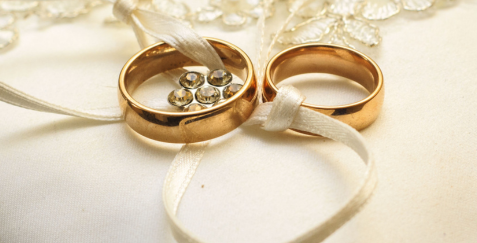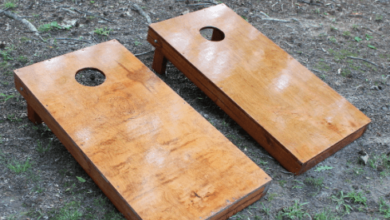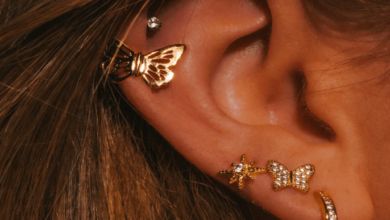The Timeless Elegance of Jewelry

1. The Historical Significance of Jewelry
keyring Jewelry has been a significant part of human culture and history for thousands of years. From ancient civilizations to modern societies, adornments made from precious metals and stones have served various purposes. In ancient Egypt, jewelry was not only a symbol of wealth and status but also believed to have protective and magical properties. The Greeks and Romans used jewelry to denote social rank, while in many Indigenous cultures, pieces often held spiritual and cultural significance. Throughout history, the designs and uses of jewelry have evolved, yet its core purpose as a medium of expression and identity remains unchanged.
2. The Craftsmanship and Artistry Behind Jewelry
The creation of jewelry is an art form that requires immense skill and precision. Master jewelers spend years perfecting their craft, learning techniques that have been passed down through generations. The process often begins with a detailed sketch, followed by the careful selection of materials, including precious metals like gold, silver, and platinum, and gemstones such as diamonds, rubies, emeralds, and sapphires. The artistry lies in the ability to transform these raw materials into intricate designs that are not only beautiful but also durable. Techniques such as engraving, filigree, and setting stones are just a few of the methods that artisans use to bring their visions to life.
3. The Symbolism and Sentiment of Jewelry
Jewelry often carries deep personal significance and is frequently used to mark important life events. Engagement rings, wedding bands, and anniversary gifts are common examples of jewelry that symbolize love and commitment. Heirloom pieces passed down through generations can carry stories and memories, serving as a tangible connection to the past. Beyond personal milestones, jewelry can also serve as a symbol of cultural heritage and identity. For example, the intricate designs of Celtic jewelry or the vibrant beadwork of African tribes not only reflect artistic traditions but also cultural values and history.
4. The Economic and Social Impact of Jewelry
The jewelry industry has a substantial impact on the global economy, employing millions of people worldwide. From miners and gem cutters to designers and retail workers, the journey of a single piece of jewelry supports numerous livelihoods. The industry also plays a significant role in international trade, with countries like India, China, and the United States being major players in both production and consumption. However, the economic benefits come with social responsibilities. Issues such as ethical sourcing, fair labor practices, and environmental sustainability have become increasingly important. Consumers and companies alike are more conscious of the origins of their jewelry, leading to a rise in demand for conflict-free diamonds and sustainable practices.
5. The Future of Jewelry Design and Innovation
The world of jewelry is constantly evolving, influenced by changes in technology, fashion, and consumer preferences. Advances in technology, such as 3D printing and computer-aided design (CAD), have revolutionized the way jewelry is created, allowing for more complex and innovative designs. These technologies enable jewelers to experiment with new materials and techniques, pushing the boundaries of traditional craftsmanship. Additionally, there is a growing trend towards personalized and custom-made jewelry, as consumers seek pieces that reflect their unique style and personality. Sustainable and ethical practices are also shaping the future of the industry, with a greater emphasis on environmentally friendly materials and socially responsible production methods.
In conclusion, jewelry is much more than mere decoration. It is a reflection of history, artistry, personal and cultural identity, economic significance, and innovation. As we move forward, the timeless elegance of jewelry will continue to captivate and inspire, evolving with the changing times while retaining its intrinsic value and beauty.





